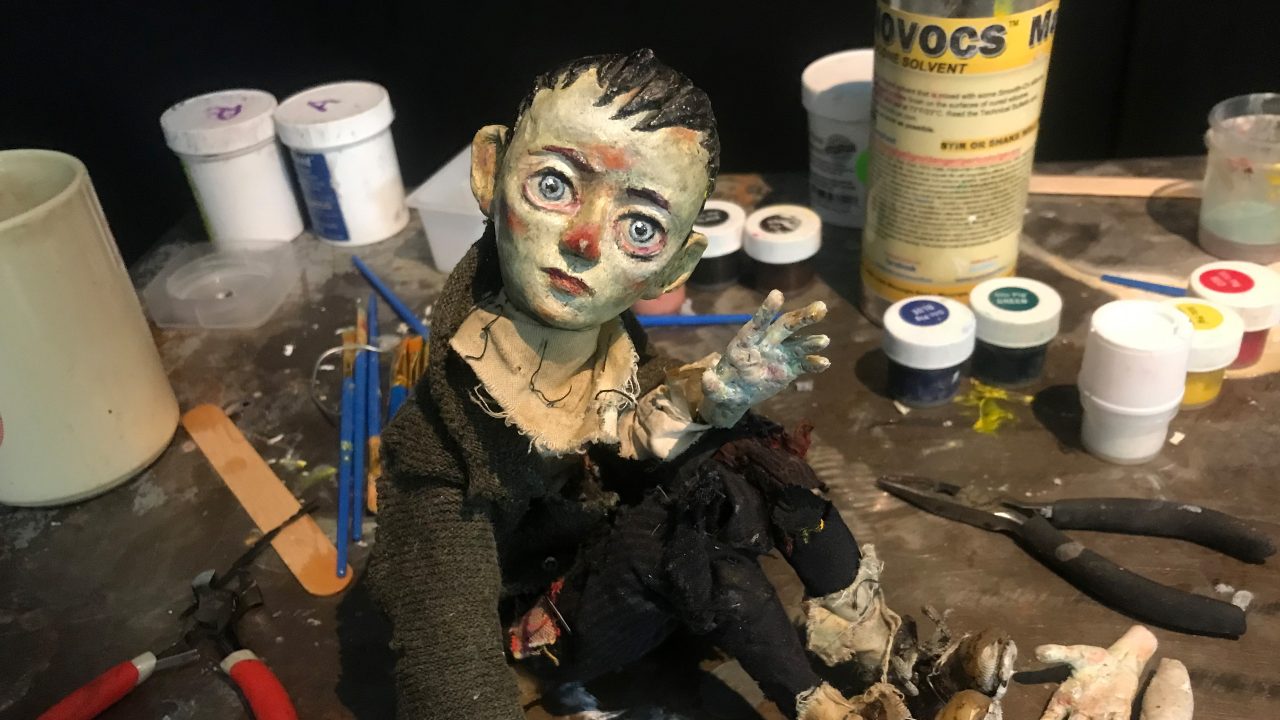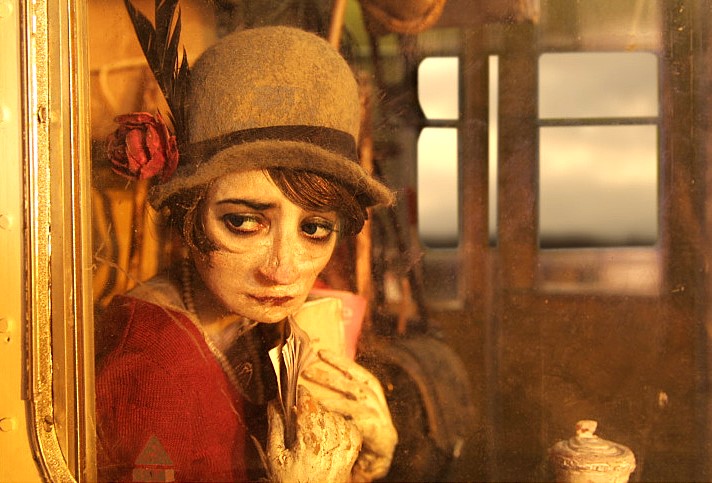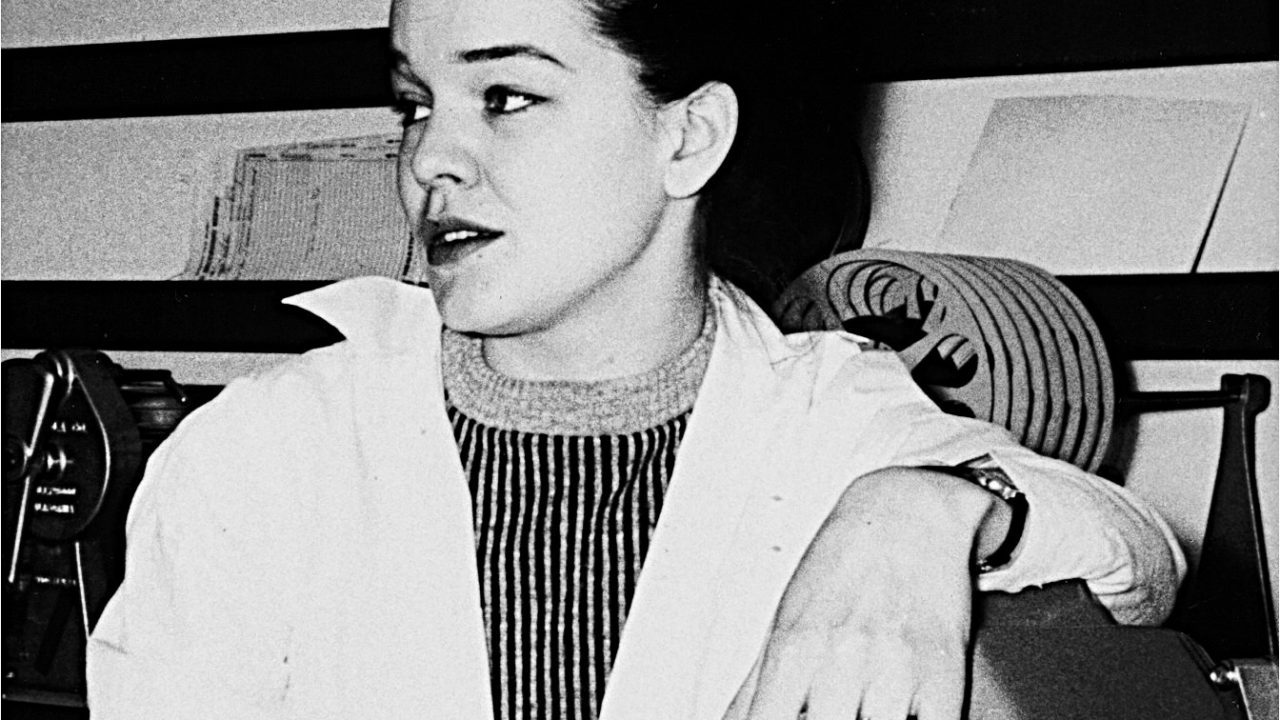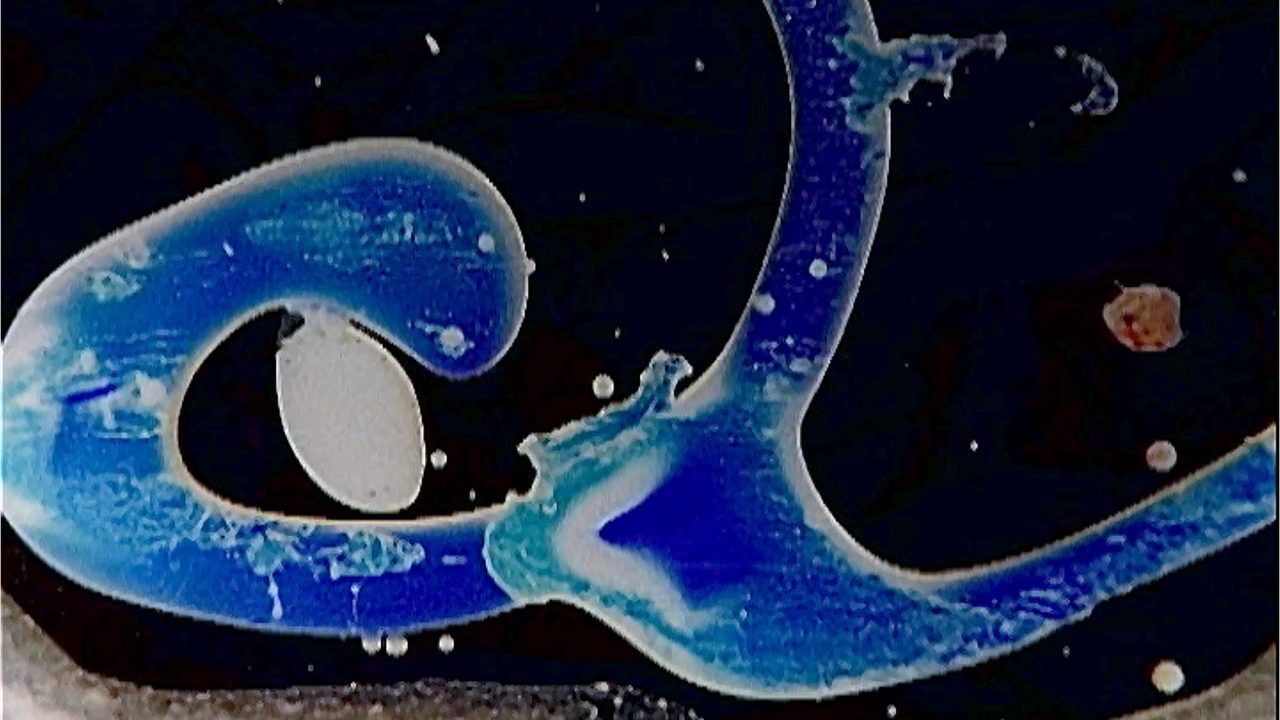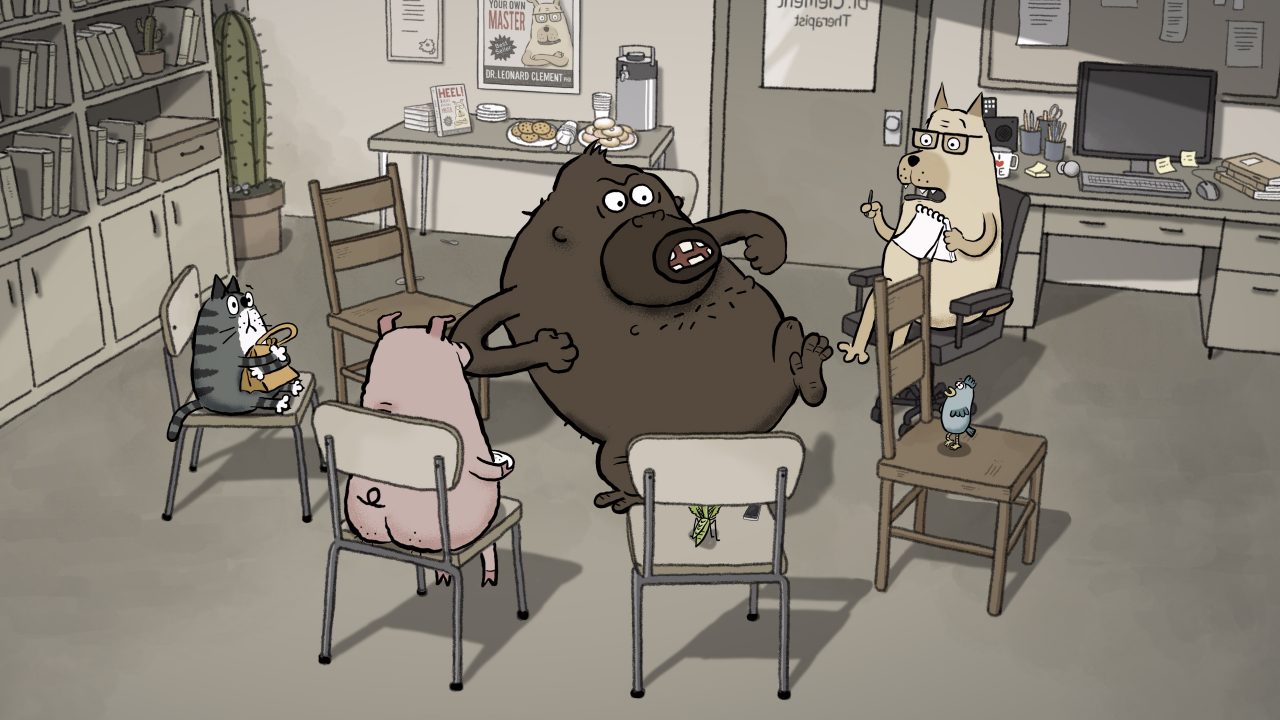
An Animated Journey into Mental Health | Curator’s Perspective
An Animated Journey into Mental Health | Curator’s Perspective
Every May, Canadians come together to mark Mental Health Week, started in 1951 by the Canadian Mental Health Association. This year, the event runs from May 5–11 under the theme “Unmasking Mental Health”. The organization reminds people that “living with mental health challenges often forces people to hide behind a ‘mask’…”[1]
NFB filmmakers have been removing masks right from the start, making numerous films on the suject in the late 1940s and 1950s, such as The Feeling of Rejection (1947), To Serve the Mind (1955), Back into the Sun (1956) and Stigma (1958). Several of these docufiction films of about 30 minutes each were commissioned by what was known at the time as the Mental Hygiene Division of the Department of National Health and Welfare and were shown in movie theatres and on national television.
Surprisingly, we had to wait much longer to see the topic of mental health explored in animated films. It popped up here and there over the decades in a few works, but it was only in the 2000s and 2010s that it really came to the fore. In this blog post, I’ll give an overview of our best animated films on the topic of mental health, starting with a precursor that absolutely deserves mention.
My Financial Career (1962)
While casting about for an idea for his next film, animation filmmaker Gerald Potterton came upon Stephen Leacock’s short story “The Conjurer’s Revenge.” He considered making a short film about it, but his friend, director and producer Wolf Koenig, suggested that he adapt Leacock’s “My Financial Career” instead, feeling it was a better story. Potterton loved the idea and got down to work. He used the cutout animation technique, which he considered less tedious and more fun than the traditional cel animation in vogue at the time and used by Disney. He worked with filmmaker Grant Munro, and it took the pair a year to complete the project. The film recounts the humorous story of a man who decides to open a bank account even though he’s terrified by the idea of entering a bank. Potterton’s film broaches the question of anxiety disorder without really realizing it, making My Financial Career one of the NFB’s first animated films on the subject of mental health. The film was a hit and earned a 1963 Oscar nomination in the Best Animated Short Film category.
My Financial Career, Gerald Potterton, provided by the National Film Board of Canada
Alone in the world
Mental health problems often lead to isolation and marginalization. A number of films take this perspective on the topic, such as Oliver Tsuji’s beautiful short film Margins (2007), which emerged from the fourth edition of Hothouse, the NFB’s animation mentorship program. Tsuji deftly illustrates the phenomenon by depicting a man walking alone through city streets, encountering indifferent passersby.
Margins, Oliver Tsuji, provided by the National Film Board of Canada
Another example is Eoin Duffy’s I Am Here (2016), a poetic and powerful short film about a homeless person named Frank. The protagonist travels through space and time in his thoughts, searching for someone, only to realize he is alone in the darkness.
I Am Here, Eoin Duffy, provided by the National Film Board of Canada
In The Great Malaise (2019), graphic designer, illustrator, comic book author and animation filmmaker Catherine Lepage uses bold and evocative images to illustrate the anxiety, depression and loneliness of a woman trapped in a quest for perfection. And in the stop-motion short film Zeb’s Spider (2022), Alicia Eisen and Sophie Jarvis show us how a person’s phobias can isolate and imprison them.
The Great Malaise, Catherine Lepage, provided by the National Film Board of Canada
Family
When a person suffers from mental health problems, there are necessarily repercussions for other family members, as author and filmmaker Wanda Nolan brilliantly illustrates in her film made in collaboration with animator Claire Blanchet, Mystery of the Secret Room (2016). Ten-year-old Grace accompanies her depressed mother to see the doctor. In the waiting room, while other patients stare, she escapes into the imaginary world of her book, The Mystery of the Secret Room, where a series of obstacles takes her away from her mother before she ultimately finds her again. This simple story with no dialogue has an unparalleled evocative power.
Mystery of the Secret Room, Wanda Nolan, provided by the National Film Board of Canada
In the same vein is a beautiful film by Franck Dion, The Head Vanishes (2016). Animated using 3D models, this short tells the story of elderly Jacqueline, whom we come to understand suffers from Alzheimer’s. Much to the dismay of her daughter, whom she no longer recognizes and who’s trying to catch up with her, Jacqueline is determined to take the train to the seaside, as she does every summer. This tender, poetic film garnered many awards, including the Cristal for a Short Film at the prestigious Annecy International Animation Film Festival in France.
The Head Vanishes, Franck Dion, provided by the National Film Board of Canada
Vulnerability as a creative force
Sometimes, artists struggling with mental health issues use it as a creative force. This was certainly the case for filmmakers Ryan Larkin and Arthur Lipsett.
Larkin made four important animated films at the NFB in the 1960s and 1970s, including the celebrated Walking (1968), nominated for an Oscar in the Best Animated Short Film category. In Ryan (2004), filmmaker Chris Landreth tells us about Larkin’s life and work. In the film, we hear acclaimed animator’s voice, along with those who knew him well, speaking through 3D-animated characters. The images are breathtaking. This masterpiece took home the Oscar for Best Animated Short Film in 2004.
Ryan , Chris Landreth, provided by the National Film Board of Canada
Lipsett made 13 experimental films at the NFB between 1960 and 1970, including Very Nice, Very Nice (1961), nominated for an Oscar in the Best Live Action Short Film category. His body of work garnered worldwide acclaim and influenced a generation of filmmakers, including Stanley Kubrick and George Lucas. Filmmaker Theodore Ushev’s film Lipsett Diaries (2010) is dedicated to him. In this story told in diary form, written by author and Ottawa Animation Film Festival artistic director Chris Robinson, and narrated by filmmaker and actor Xavier Dolan, Ushev brilliantly illustrates the dizzying descent into depression and madness of an artistic genius.
Lipsett Diaries, Theodore Ushev, provided by the National Film Board of Canada
A touch of humour
I would be remiss if I didn’t end this overview without mentioning some films that take a humorous look at mental health. Our collection contains several such films, including the aforementioned My Financial Career (1962), Overdose (1994) by Claude Cloutier, The Turtle Syndrome (2021) by Samuel Cantin and Maybe Elephants (2024) by Torill Kove. But I want to focus on two short films that are especially dear to my heart.
That Crazy Game Called Life (2004) is by Kiwistiti, a collective of animation filmmakers in Quebec. Directed by Annie Frenette and animated by Philippe Arseneau Bussières, the film is based on a “reference” work (Petit dictionnaire des idées reçues sur la folie et autres considérations) containing short, humorous definitions, which the group illustrated to debunk prejudices related to mental health. Among my favourites: “Antidepressants: pills that make life taste bad when we forget to take them,” “Ambulance: an indiscreet taxi,” and “Dignity: difficult to achieve in pajamas.”
Animal Behaviour (2018) is the most recent opus from the celebrated team of Alison Snowden and David Fine. Like their previous NFB films, George and Rosemary (1987) and Bob’s Birthday[2] (1993), it was nominated for an Oscar in the Best Animated Short Film category. This gem of a short takes us into a group therapy session led by Dr. Clement, a canine psychotherapist. The group is made up of Lorraine, an emotionally dependant leech; Victor, a gorilla with anger-management issues; Cheryl, a praying mantis with a penchant for unhealthy relationships; Todd, a pig with an eating disorder; Jeffery, a blue jay with guilt issues; and Linda, a cat with obsessive compulsive disorder. This side-splitting animated film reminds us that it’s hard to fight your own nature, especially when you’re an animal.
Animal Behaviour, Alison Snowden & David Fine, provided by the National Film Board of Canada
I invite you to check out the films I’ve mentioned in this post. You can also view our Mental Health channel, which includes a host of documentaries and animated films on the topic.
[1] Quotation from the Canadian Mental Health Association website, cmha.ca.
[2] Winner of the 1994 Oscar for Best Animated Short Film.
